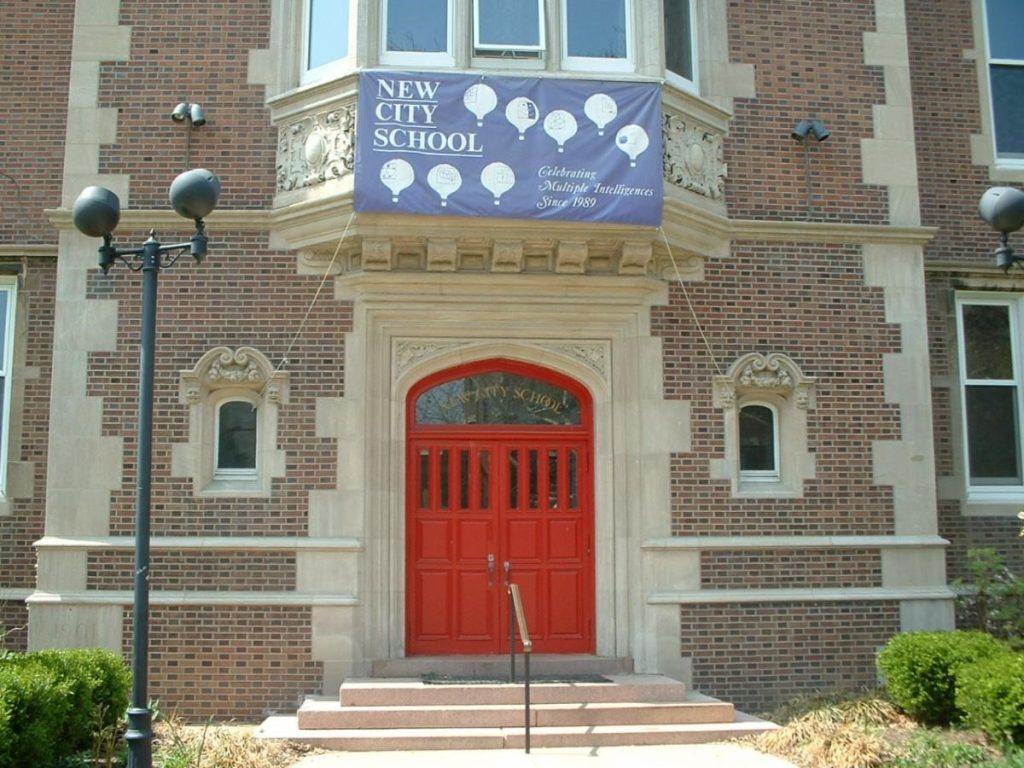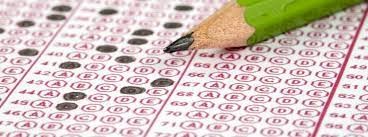
Multiple Intelligences Newsletter, Vol 31, No 3
December 15, 2021
Greetings MI Fans!
I hope that things are going well for you – as well as possible in these Covid days. The last thing we should do is ignore this terrible disease, but the reality is that life goes on (thankfully!). So this issue of Intelligence Connections focuses on assessment. I begin with a video that looks at MI, SEL, and place.

Thanks to the Michigan chapter of The Association for Learning Environments, I recently presented “Linking SEL, Multiple Intelligences, and Educational Environments, to Support All Educators and Learners.”
You can see it here: MI & Place for A4LE
The passcode is DUpK#6hS
What is the purpose of school?
Most schools were designed to prepare students to become good workers and productive citizens (with more attention being given to the former than the latter). While that narrow definition of the purpose of school ignores many of life’s important qualities, it is even more archaic today. We all carry a computer disguised as a phone, and technology solves many problems for us. (And creates some new ones!)
But the educational establishment continues to rely upon standardized tests – based on the linguistic and logical-mathematical intelligences – to measure success and potential. This has been the case for scores of years, and the importance of test scores was further exacerbated by the passage of No Child Left Behind legislation in 2001. Test scores were all that mattered; teachers could be terminated, and schools could be closed based on their students’ standardized test results. There have been attempts to ameliorate the worshipping of test scores, e.g., The Race to the Top, but test scores remained the be-all and end-all. That narrow focus readily created a student hierarchy of intelligence.
But thankfully, change is in the wind. As noted in the following article, “The University of California System will no longer use standardized test scores as part of its undergraduate admissions processes” (Higher Dive, 11/18/21). Similarly, the governor of Florida has announced the end of annual state tests on language arts and math (WCTV, 9/14/21). The pandemic has reminded us that in teaching and assessing, we need to consider students’ mental and physical health, not just their skills in reading, writing, and calculating.
Indeed, looking at children more broadly than their standardized test scores is the premise of the Whole Child movement. Initiated in 2007 by ASCD, the term “whole child” is widely used today (a Google search for the term yields 4,980,000,000 links) and connotes the notion that educators must also give attention to students’ social-emotional and physical needs. Every level of growth and development in Maslow’s hierarchy must be supported. In the past decade or so, there has also, thankfully again, been an increased emphasis on the personal intelligences, now called SEL (social-emotional learning). More and more, there is an acceptance that “Who you are is more important than what you know.” That is encouraging and I remain an optimist (thanks, mom).
What’s ahead?
I wonder, though, what criteria and strategies will replace our society’s reliance on standardized tests. After all, an attraction of such tests is that they are highly reliable and relatively inexpensive. Educators and employers do need to make choices, but how can this be done in a valid and fair way?
Here’s a thought: Let’s draw from Howard Gardner’s definition of intelligence and focus on problem-solving. Every assessment – whether to ascertain how well skills or content have been mastered, to determine graduation or acceptance at a school, or to be hired for a job – should focus on problem-solving. Isn’t that what we want, people who can solve relevant problems?
A focus on the criteria of problem-solving, not just test-taking, is an approach that values MI. The nature of the problem determines the intelligence that is needed to find a solution; the valuing of more intelligences increase the number of students who can be successful and reinforces creativity and collaboration.
Some problems readily define the intelligence that is needed (e.g., balancing a check book or painting a portrait), whereas others require the use of more intelligences (e.g., producing a play, leading a group, reducing pollution). Solving complex problems goes beyond memorization and rote skills; important as these skills are, they are simply starting points. Solutions to complex problems typically draw from several intelligences and often require collaboration.

How can we create, reflect, or simulate to determine a candidate’s skills? Traditional assessments display the rote and lower-level skills that are necessary, but we need to be more creative in capturing higher-level problem-solving. Some examples appear below:
Nursing Education
Traditional assessment
(necessary but not sufficient)
- Identification of body parts
- Short answer responses to patients’ symptoms
MI problem-solving
(complex, uses many intelligences)
- Using personal intelligences in simulation with patients to determine the problem
- Creation of a health plan to address symptoms
Legal Education
Traditional assessment
(necessary but not sufficient)
- Memorizing and recounting court precedents
- Wide vocabulary
MI problem-solving
(complex, uses many intelligences)
- Using personal intelligences to listen to clients and understand juries and judges
- Drawing from relevant cases in unique and powerful ways
Art Education
Traditional assessment
(necessary but not sufficient)
- Knowing artistic genres
- Competence in executing a range of art
MI problem-solving
(complex, uses many intelligences)
- Being able to show the relevance and artistic relationship of works across genres
- Understanding what causes a piece of art or an artist to resonate with others
What real-world examples can you design that would enable students to show their skills and understandings in solving problems in your discipline? (Special appreciation goes to Christine Wallach and Betsy Ward, former New City School teachers, for their helpful input!)
I’d be delighted to hear from you, and welcome your input and contributions. Please send me an email at trhoerr@newcityschool.org.
Tom
Thomas R. Hoerr
Facilitator of the MI PIC
Scholar In Residence, UM-St. Louis
Emeritus Head of the New City School
This network is sponsored by ASCD as part of their effort to improve the quality of education for all children.
ASCD PICs (Professional Interest Communities) are member-initiated groups designed to unite people around a common area of interest in the field of education. PICs allow participants to exchange ideas, share information, identify and solve problems, grow professionally, and establish collegial relationships.
You can learn about ASCD’s networks, publications, conferences, workshops, and the dialogues sponsored by ASCD at www.ascd.org. You can also register for the free, daily ASCD SmartBrief.
